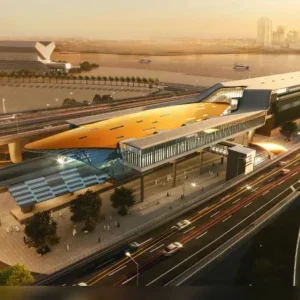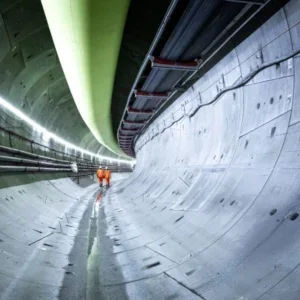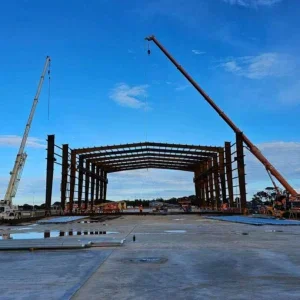Construction of further stages of a deep tunnel sewage collection network across Hong Kong Island are set to go-ahead.
But an international panel of experts, called in to review the future of Hong Kong’s strategic sewage disposal scheme, has recommended the scrapping of a 17km long outfall tunnel.
The team, led by Massachusetts Institute of Technology professor Donald Harleman, said the outfall tunnel, that would discharge effluent into the South China Sea, was environmentally unsustainable.
He said: "The question is: ‘Is dilution the solution to pollution?’ The answer is ‘No’."
Instead the group proposed that sewage should be treated to tertiary level either by upgrading the existing plant at Stonecutters Island or building up to two new plants.
The team has proposed four options which are now being studied by the government before going out to public consultation, possibly in January 2001.
The four alternatives are:
This compares to the US$2.7bn cost of the government’s scheme that is similar to option one, but includes the 17km outfall tunnel.
Kim Salkeld, deputy secretary of the government’s Environment Food Bureau, confirmed that officials will look at the possibility of using private finance, through design-build-operate-finance concessions, to build part of the new system.
He said that all the options need to be looked at including the government’s original proposal.
Prof Harleman said: "Privatisation through design, build, finance and operate is very useful for new treatment plants as a way of speeding up the construction process."
He added that the top priority is to construct the deep tunnel network between North Point and Central that is common to all four options. This would eliminate further delays, while the government decides which option should be implemented and how it should be financed.
Another group member, Sebastiano Pelizza, professor of underground construction at Turin University, said additional site investigation should be carried out to avoid the tunnelling problems, including cave-ins and high water ingress, on the first phase of the deep tunnel network.
He suggested directional drilling techniques and extensive pre-grouting could be used together with fully shielded TBMs that would fix the tunnel lining as the TBMs progressed.
But he ruled out any move to use design and build for future procurement of the tunnels. He believed it was better to award the contracts on a traditional engineer’s design. This was supported by Salkeld.







